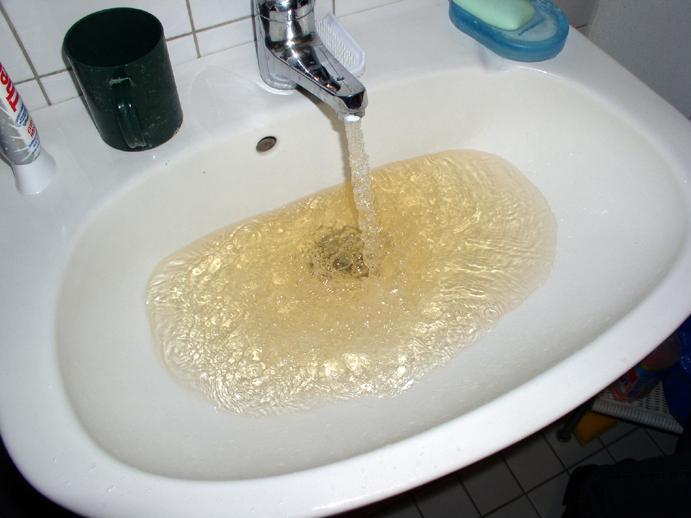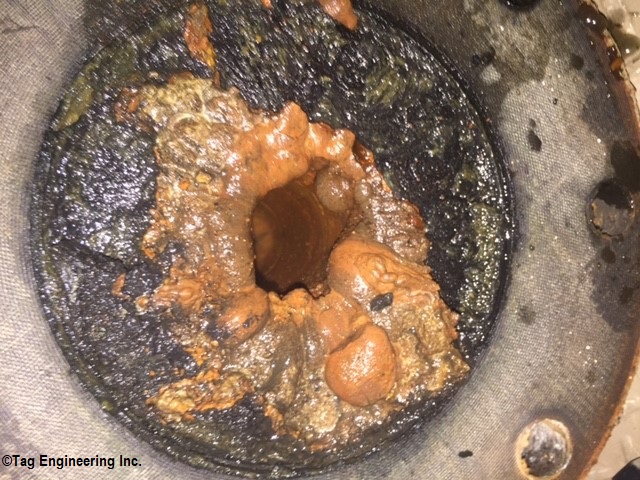2020 brought us tectonic changes as COVID-19 slowly crept into our lives. COVID-19 is a disease caused by the novel coronavirus SARS-CoV-2. It began as a third world problem and a distant overseas threat. Walt Witman, America’s national poet, could not have been more right when he said, “No man is an island”. By March it had made its way to Canada and the USA. Mid-March the world pretty much shut itself down. This forced most of the businesses across the countries to shut down as well. Fast forward to May, many of those businesses are re-opening or developing their plans to re-open after being closed for nearly 2 months. We at TAG Engineering wanted to shed some light on an area that could get overlooked as these businesses proceed to re-open: Plumbing Systems.
While businesses have been closed or in a period of low use, the water in the plumbing systems has been stagnant. Long periods of these conditions mean the water has been stagnant and at low temperatures. Both of these conditions can result in microbial growth, leaching heavy metals, and corrosion within the pipes. Legionella spread is something we are all familiar with. Legionella and other waterborne pathogens can create a high-risk environment for those with compromised immune systems. To avoid exposing your clients, employees, and yourselves to these contaminants, we recommend a maintenance regime prior to refilling your water bottles or operating on your patients.
Check out an inside of a 20-year-old metal pipe in a building in Vancouver, BC. We replaced all the piping in this building as there were several leaks in the buildings over the years. I took this picture when the contractors starting removing the pipes. Now imagine if the water sat in these pipes for a couple of weeks.
TAG Engineering has been providing design of plumbing systems in buildings and have developed some basic stepwise recommendations to bring your plumbing system back up.
- Get a perspective:
- The first and foremost is to have a perspective. Get a drawing done of your plumbing system, starting from the point of entry. We can help you with this. Call us.
- Identify the point of entry (PoE) for water into your building and each point of use (PoU). Go deeper with the identification of pockets, clusters and risers.
- Develop a flushing regime.
- Flushing will clear out the low quality and possibly contaminated water. It is important to identify the outlets and have a plan and checklist so as not to miss an unflushed sink or a tap. Remember to include low use fixtures such as water fountains, ice machines, hose bibs, and emergency equipment such as eyewash stations and safety showers
- Establish a flushing regime, especially for the areas or fixtures which have low flow. Make it part of your housekeeping and keep a log.
- Perform the flush:
- Remove all aerators from your PoU taps and faucets
- Beginning at the PoE, open your faucets and allow the cold water to run
- Proceed through your map/drawing created in Step 1 turning on all faucets and allowing them to run until the PoU furthest from the PoE has been running for at least 5 minutes.
- Repeat the procedure for hot water
- Sanitize and re-install the aerators removed.
- If you have a complex building or multiple clusters, hire the professionals (engineers) to help you set us a flushing plan. Once the plan is in place, it can be made part of housekeeping. A maintenance and cleaning log will ensure flushing happened.
For further details on water management plans, please call us. We would love to help.
For more information on how to prepare your heating, ventilation, and air conditioning systems for the post-COVID-19 era, check out our blog posts on the airborne transmission of infectious diseases below:
COVID-19 – Airborne Transmission in Dental and Medical Offices
COVID-19 and Ventilation in Apartments



Recent Comments